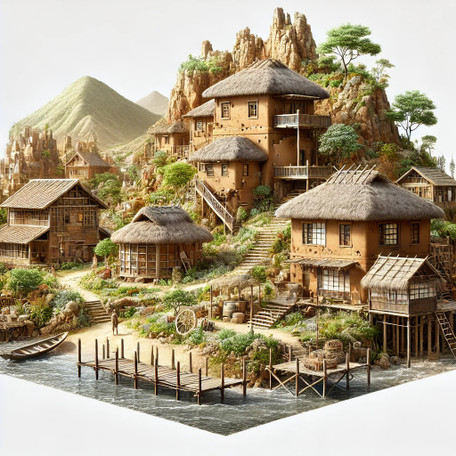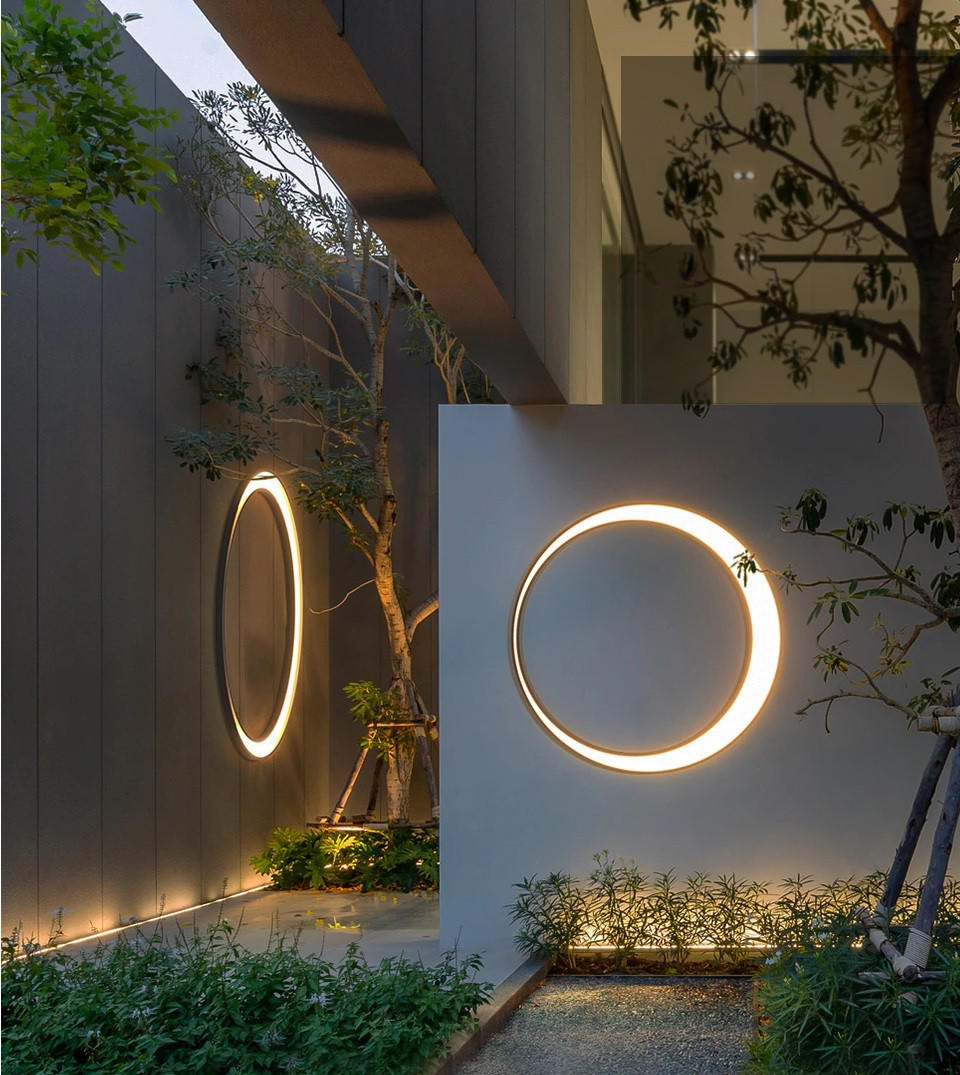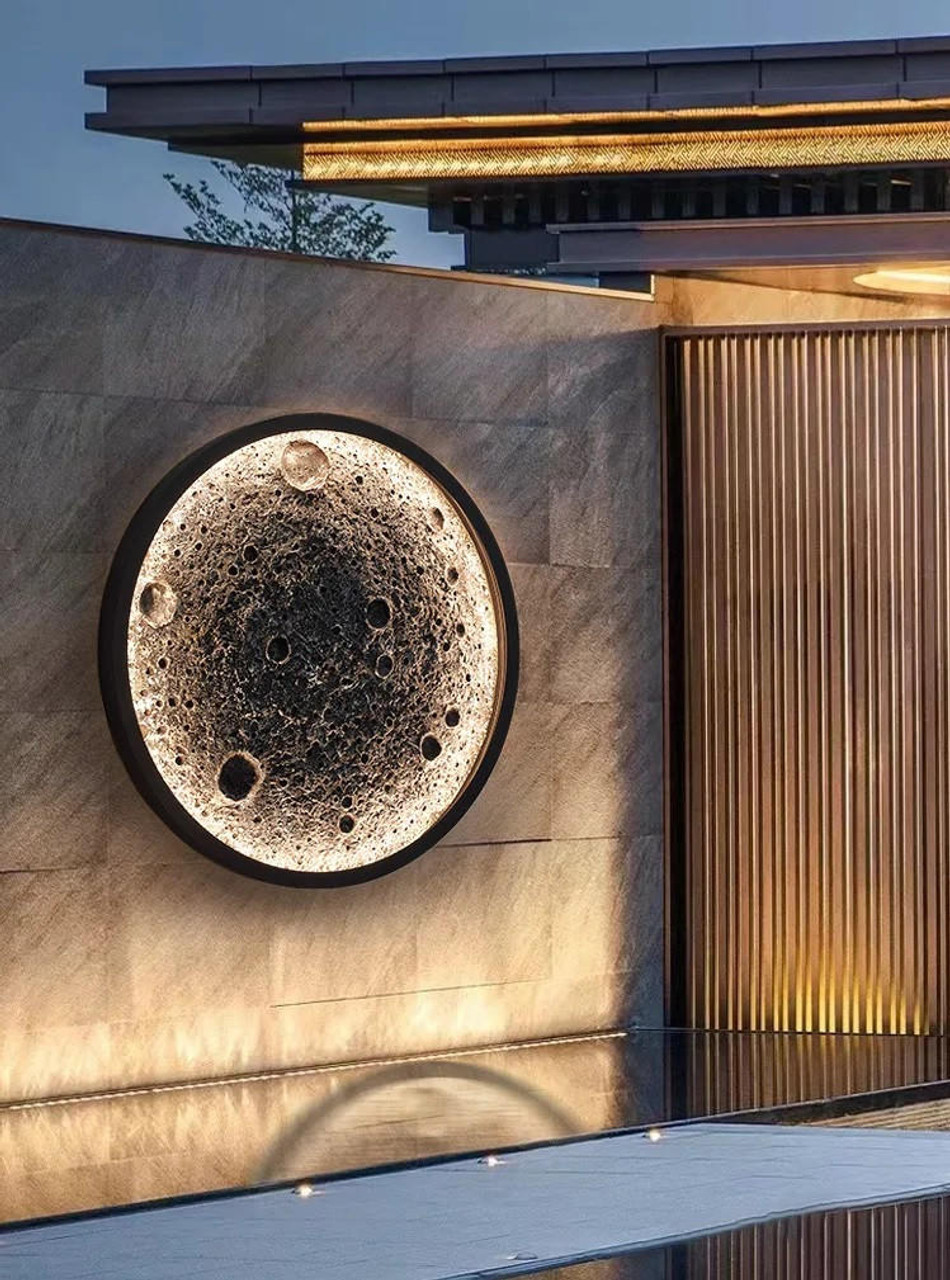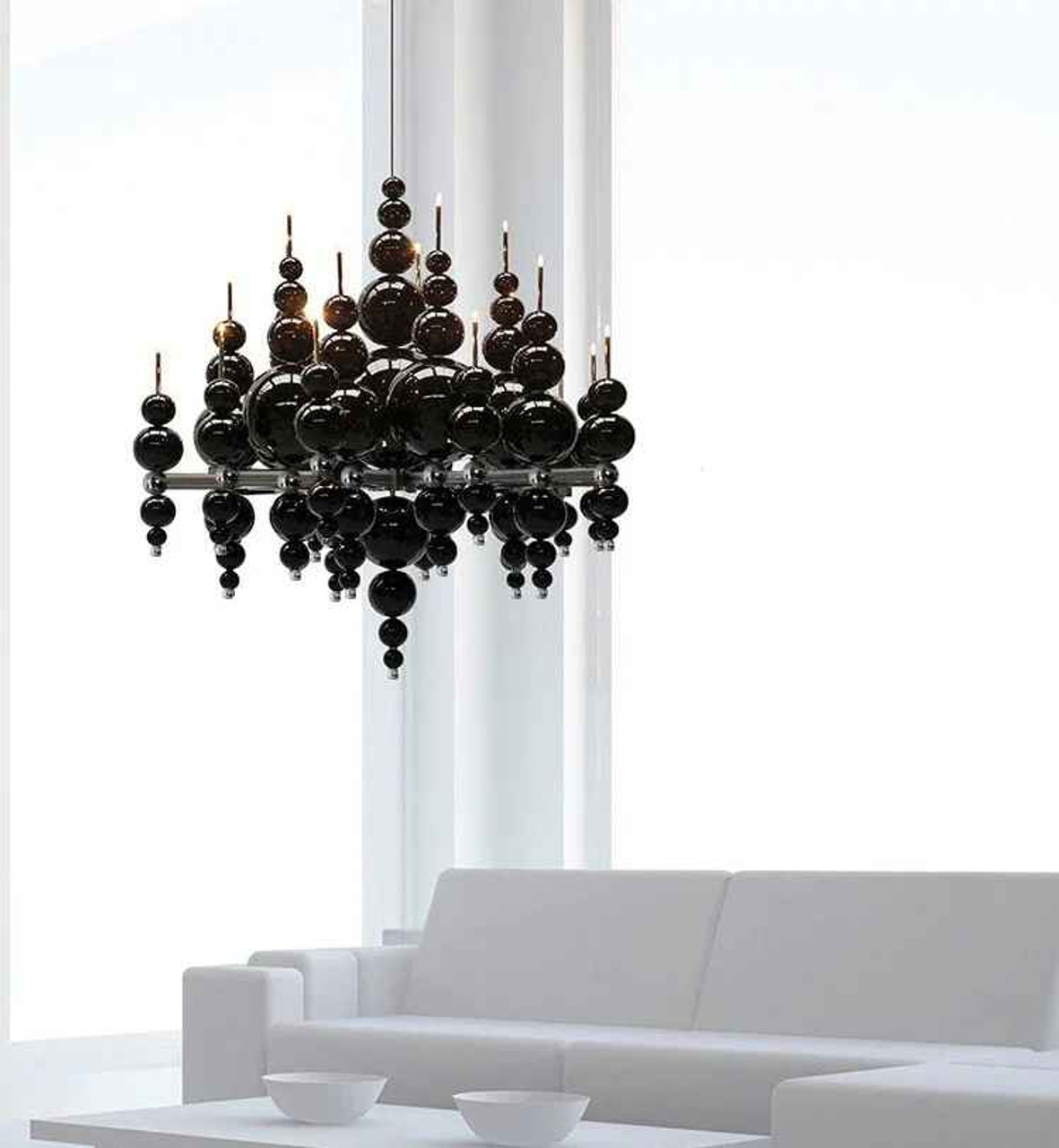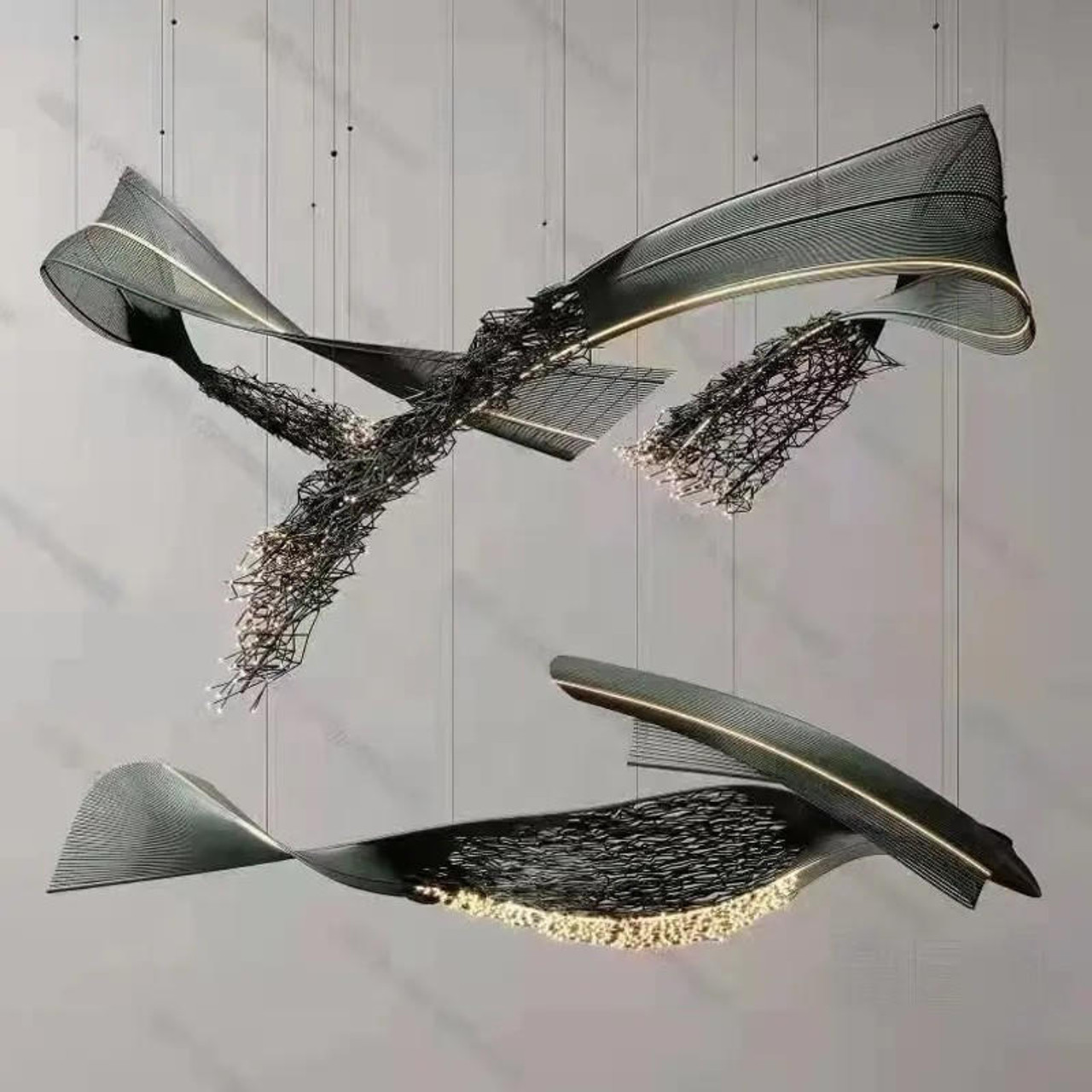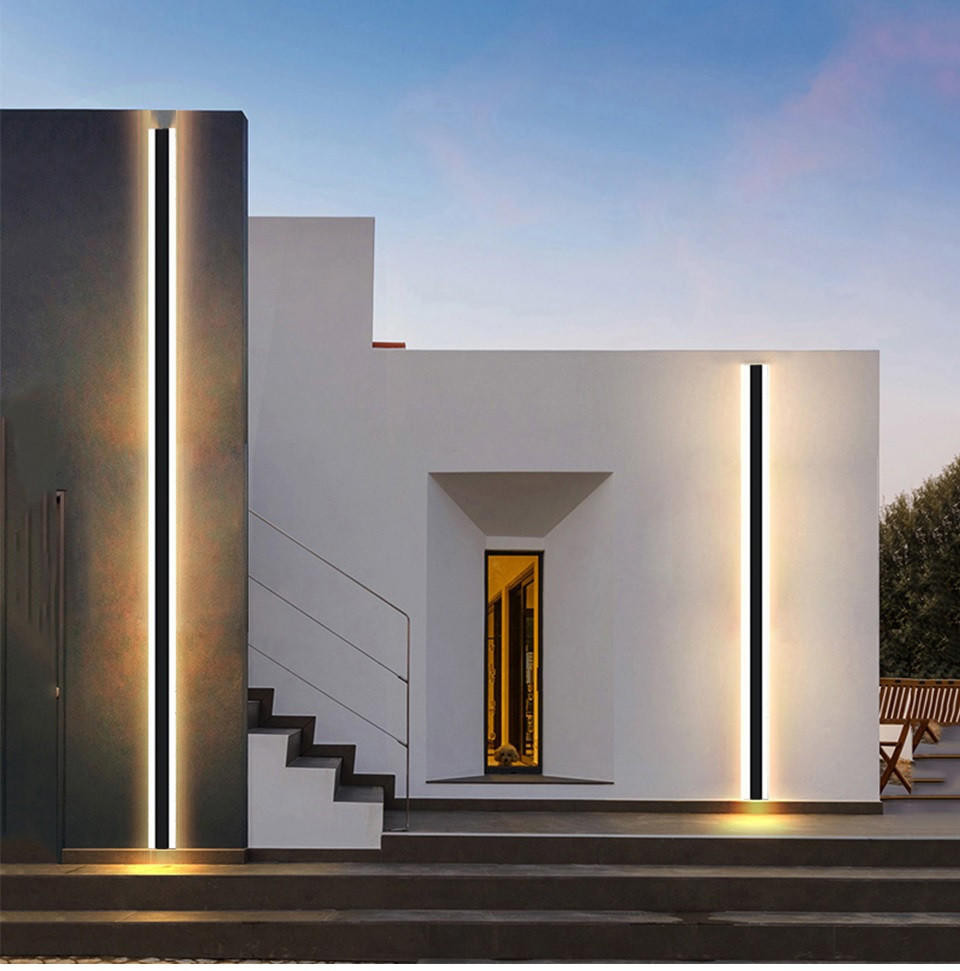Understanding Vernacular Architecture: What It Is and Why It Matters Today
Posted by Bert Ron-Harding: Architectural Technologist on 12th Sep 2024
Vernacular architecture is more than just a style or a building method; it is a profound reflection of culture, environment, and human ingenuity. In a world where modernism has dominated for decades, the resurgence of vernacular principles stands as a reminder of the importance of context in design. In my practice, I’ve always emphasized the balance between form and function, driven by sustainability, and guided by the idea that architecture should reflect the needs and values of the people who use it. This is where vernacular architecture shines the brightest.
Let’s dive deep into what vernacular architecture really is, why it matters today, and how it’s shaping the future of sustainable design.
What is Vernacular Architecture?
Vernacular architecture refers to a building style that draws on local needs, materials, and traditions, often developed over generations. It is shaped by the unique cultural, environmental, and climatic conditions of a region, with its primary goal being to create practical, efficient, and culturally relevant spaces.
Unlike the designs dictated by the globalized, cookie-cutter approach of modernism, vernacular architecture is highly specific to its place and time. It arises organically from the needs of the people who build and inhabit these spaces, using techniques that have been passed down through local traditions.
It is architecture without architects. And yet, it is arguably some of the most sophisticated, responsive, and elegant architecture humanity has ever created. It is about learning from the wisdom of the past while being deeply relevant to the challenges we face today, such as sustainability, energy efficiency, and cultural identity.
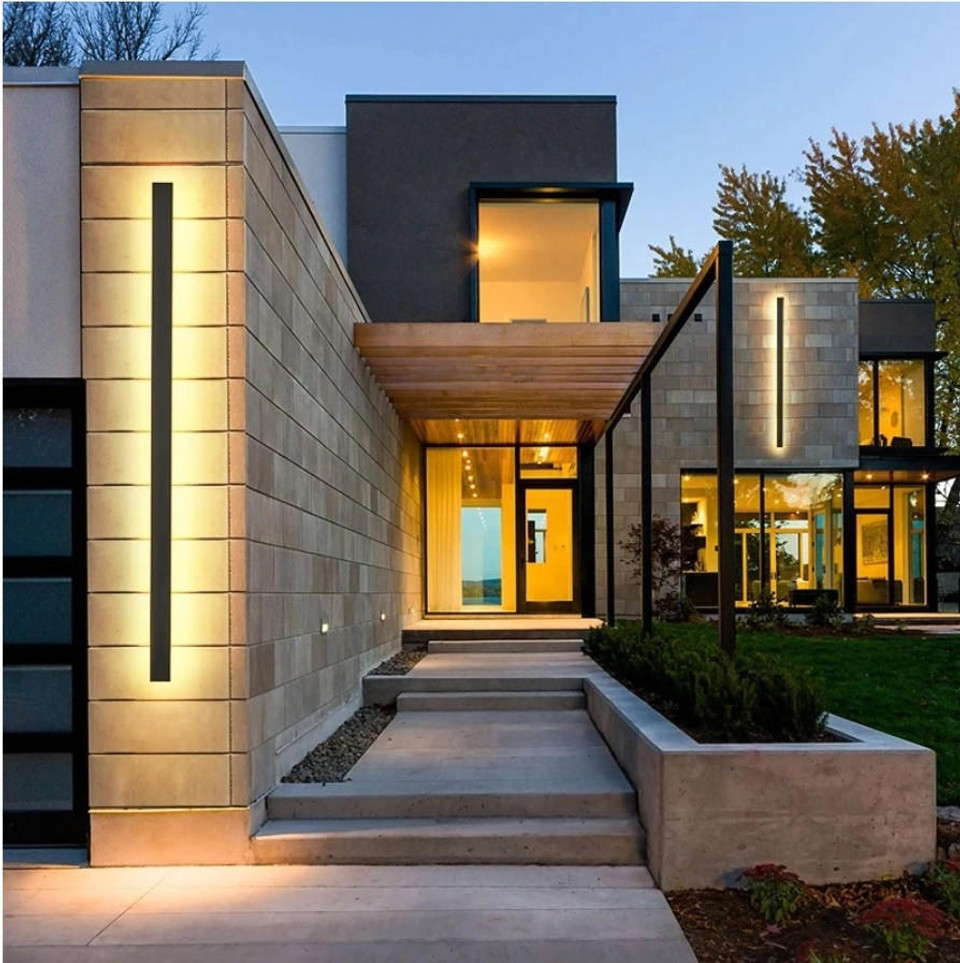
The Essence of Vernacular: Functionality and Sustainability
The essence of vernacular architecture lies in its simplicity and effectiveness. Every aspect of the design is driven by necessity—be it protection from the elements, efficient use of materials, or respect for cultural practices. In its purest form, vernacular architecture avoids unnecessary ornamentation, focusing instead on providing the right solutions for the challenges posed by the local environment.
Take the igloos of the Inuit people, for example. These structures, made entirely of snow, are not just shelter—they are an architectural response to the harsh Arctic climate, insulating inhabitants from extreme cold while using materials readily available in the environment. Similarly, the adobe structures in desert climates like those in Morocco or Mexico demonstrate how vernacular architecture can address environmental challenges—keeping interiors cool during the day and warm at night with their thick, sun-baked walls.
In today’s world, where environmental impact and sustainability are at the forefront of architectural discourse, we can learn a lot from these traditional, localized building methods. The use of locally sourced materials reduces the carbon footprint of transporting goods. Moreover, the reliance on passive design strategies—such as orientation, natural ventilation, and thermal mass—makes these buildings energy-efficient long before the advent of modern technology.
Vernacular Architecture and Culture
Vernacular architecture is a profound expression of the cultural identity of a place. Every culture has its own unique relationship with the built environment, and the way people construct their spaces says a lot about how they interact with nature, society, and themselves.
In Japan, for instance, traditional houses known as "minka" have been designed with flexibility and impermanence in mind. Sliding walls and tatami mats allow for adaptable, multi-functional spaces that can evolve based on the needs of the family. These homes reflect not only the local climate—where earthquakes and humidity are a constant consideration—but also the philosophical and cultural values of simplicity, impermanence, and harmony with nature.
In stark contrast, the vernacular architecture of the Mediterranean, with its whitewashed walls, flat roofs, and shaded courtyards, is an architectural expression of a lifestyle built around community, social interaction, and a relaxed pace of life. These homes are designed to foster connectivity and interaction, with shared outdoor spaces playing a central role in daily life.
In this sense, vernacular architecture goes far beyond mere shelter; it is an embodiment of cultural values, traditions, and ways of life. And in an increasingly globalized world, where many communities face the risk of losing their unique cultural identity, vernacular architecture can act as a vital tool for preserving and celebrating diversity.
Why Vernacular Architecture Matters Today
So why should we care about vernacular architecture in a world dominated by glass skyscrapers and mass-produced buildings? The answer lies in its ability to offer practical solutions to some of the most pressing issues facing our society today—particularly when it comes to sustainability, climate resilience, and cultural preservation.
1. Sustainability
We live in an era where the environmental impact of our buildings can no longer be ignored. Construction is one of the largest contributors to global carbon emissions, and as architects, we must take responsibility for creating spaces that are not only beautiful and functional but also environmentally responsible.
Vernacular architecture provides us with time-tested strategies for sustainable design. By using local materials, passive heating and cooling techniques, and minimal reliance on energy-hungry technologies, vernacular buildings demonstrate that sustainability doesn’t have to be about high-tech solutions. It can be as simple as building in harmony with the natural environment, respecting the local climate, and minimizing waste.
2. Climate Resilience
As climate change accelerates, the need for buildings that can withstand extreme weather events is more urgent than ever. Many vernacular structures are already designed to be resilient in the face of environmental challenges.
For instance, the traditional stilt houses of Southeast Asia—built on elevated platforms to protect against flooding—offer a powerful lesson in how architecture can respond to changing environmental conditions. Likewise, the thick stone walls of buildings in arid regions like the Middle East help regulate indoor temperatures, reducing the need for artificial heating and cooling. These principles can inform the design of modern buildings, helping to create structures that are more adaptable and resilient in the face of climate change.
3. Cultural Preservation
Globalization has brought about a homogenization of architectural styles, with cities around the world beginning to look increasingly similar. While this can promote efficiency and innovation, it also risks erasing the unique cultural identities that make different regions of the world so special.
Vernacular architecture stands as a testament to the diversity of human ingenuity. By drawing on local traditions and materials, it preserves the cultural heritage of a place, ensuring that the built environment reflects the unique identity of its people. In this way, vernacular architecture is not just about preserving the past—it’s about creating a future that honors and celebrates cultural diversity.
How Vernacular Principles Can Shape the Future of Architecture
At a time when architecture is rapidly evolving, the principles of vernacular architecture offer a guiding light for how we can design buildings that are not only more sustainable and culturally relevant but also more humane.
In my work at BIG (Bjarke Ingels Group), I have often drawn inspiration from the idea that buildings should reflect the needs of the people who use them, and the environments in which they are located. Vernacular architecture provides a powerful framework for achieving this.
1. Localized Design Solutions
One of the biggest lessons we can learn from vernacular architecture is the importance of designing for local conditions. Instead of relying on a one-size-fits-all approach, we should be looking at the specific climate, culture, and geography of a site, and designing buildings that respond to these factors.
For example, in our design for the CopenHill power plant and ski slope in Copenhagen, we sought to create a building that was not just functional, but also integrated into the local environment and culture. The plant’s design reflects Denmark’s commitment to sustainability, while the ski slope on its roof provides a recreational space that aligns with the city’s outdoor lifestyle.
2. Human-Centered Design
Vernacular architecture is inherently human-centered. It prioritizes the needs of the inhabitants, often creating spaces that are flexible, adaptable, and responsive to changing circumstances.
In our designs at BIG, we strive to create buildings that serve the people who use them—whether that means designing flexible workspaces that can evolve over time or incorporating communal spaces that foster social interaction. Vernacular architecture provides a valuable reminder that buildings should serve people, not the other way around.
3. Sustainability Through Simplicity
In many ways, the high-tech solutions often promoted as the future of sustainable architecture are overcomplicated. Vernacular architecture teaches us that sometimes, the most sustainable solutions are the simplest ones.
Using local materials, taking advantage of passive heating and cooling strategies, and designing buildings that work with, rather than against, the natural environment—these are the principles that have guided vernacular architecture for centuries, and they are principles that we must embrace if we are to create a more sustainable future.
Conclusion: The Timeless Relevance of Vernacular Architecture
In a world that is constantly looking forward, vernacular architecture reminds us to also look back—to learn from the wisdom of the past, to respect the local context, and to design buildings that are not just modern and innovative, but also deeply connected to the culture and environment in which they are built.
By embracing the principles of vernacular architecture, we can create buildings that are more sustainable, more resilient, and more attuned to the needs of the people who use them. In doing so, we can ensure that architecture continues to serve as a reflection of the diverse, dynamic, and ever-evolving world in which we live.

